Reimagining the Flipped Classroom: Integrating AI, Microlearning, and Learning Analytics to Elevate Student Engagement and Critical Thinking
Faculty Focus
JULY 1, 2025
It also empowers students to learn efficiently on mobile devices and during flexible hours, which is particularly valuable in hybrid and online learning contexts. These tools are particularly beneficial for introverted students or those who lack confidence in their subject knowledge.

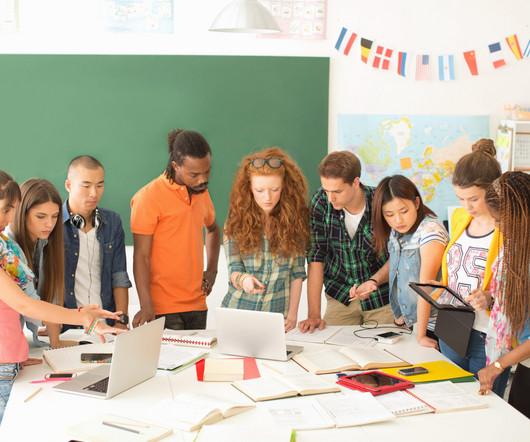
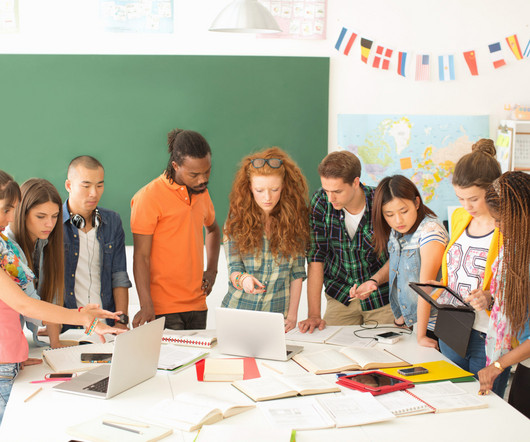


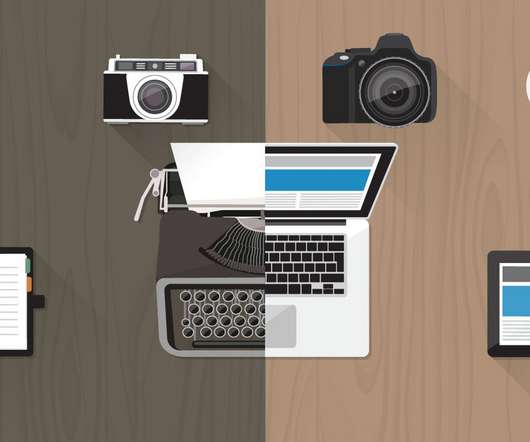
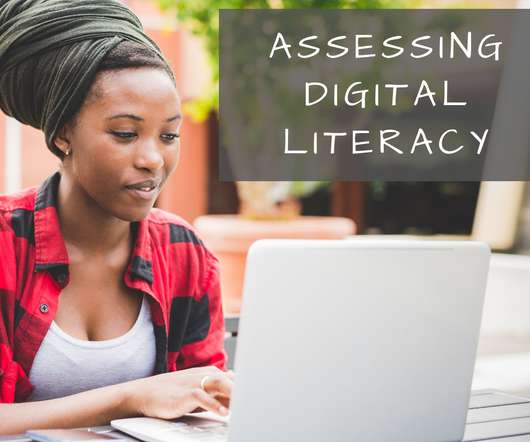

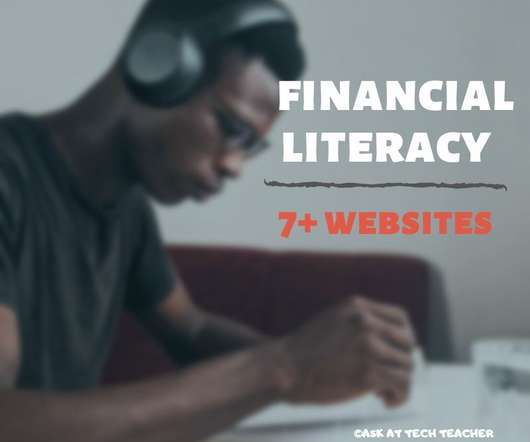
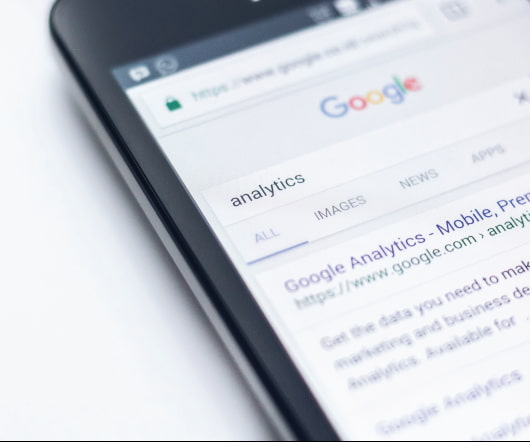

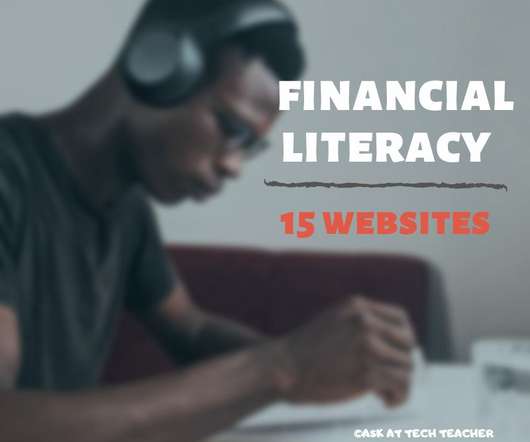











Let's personalize your content